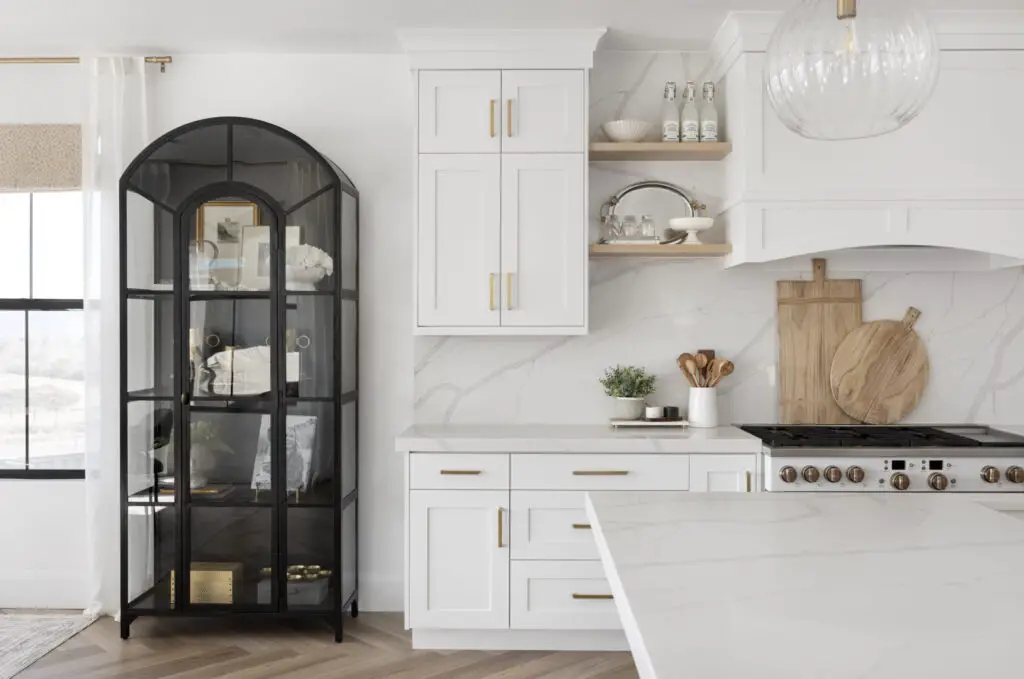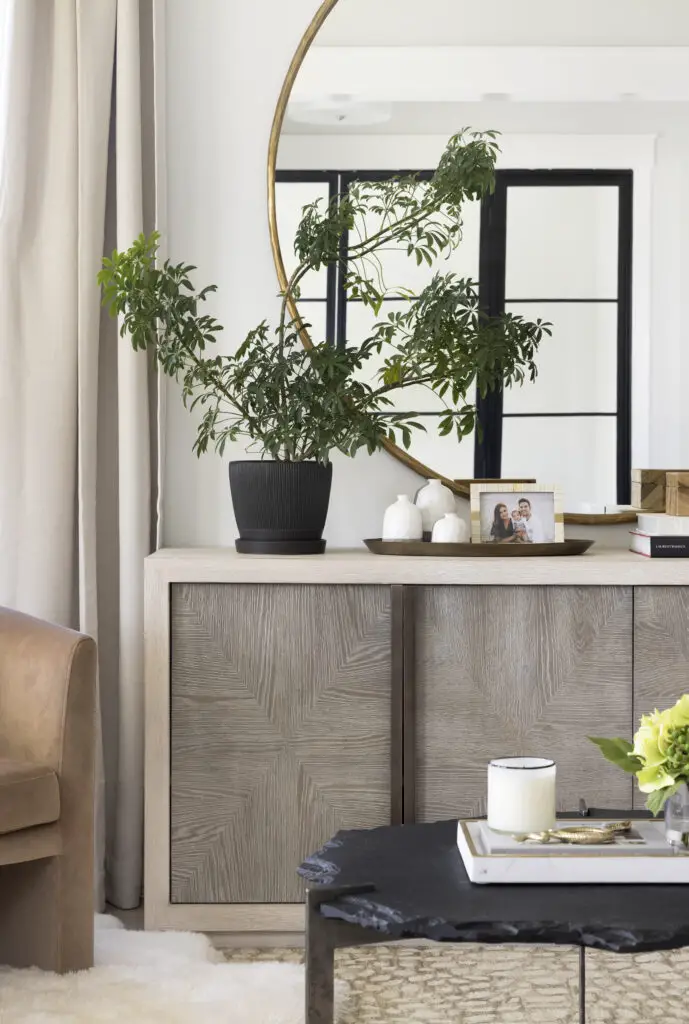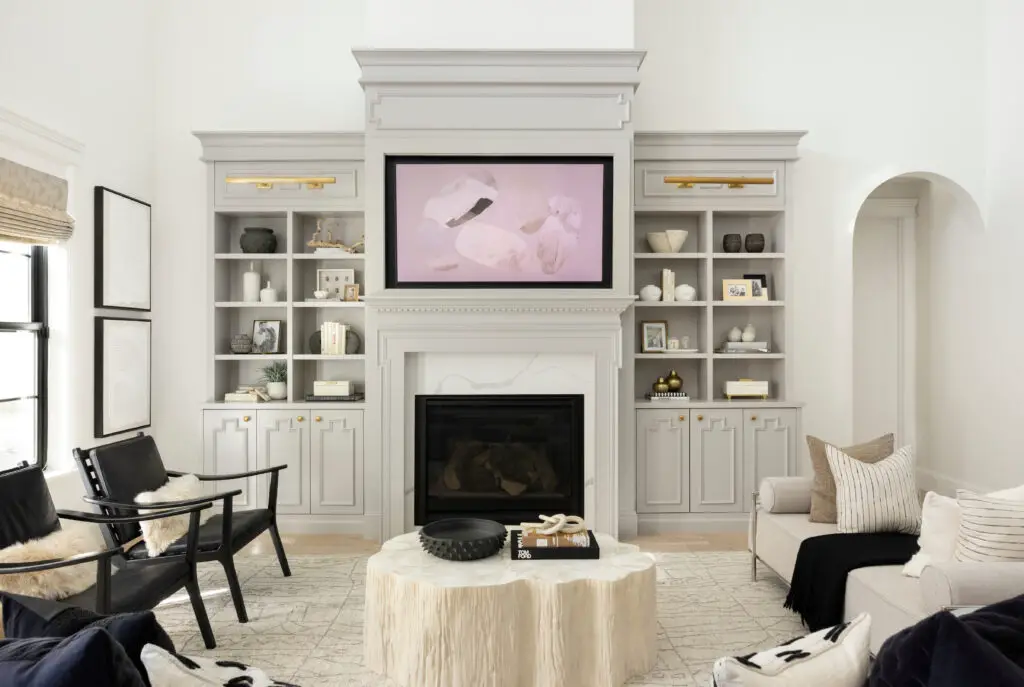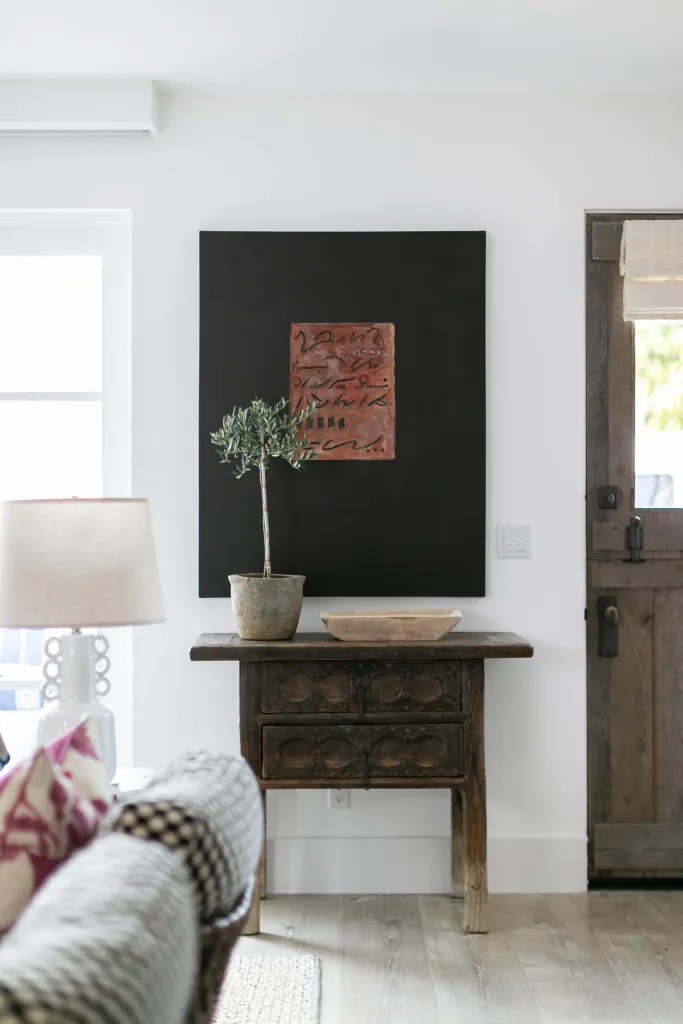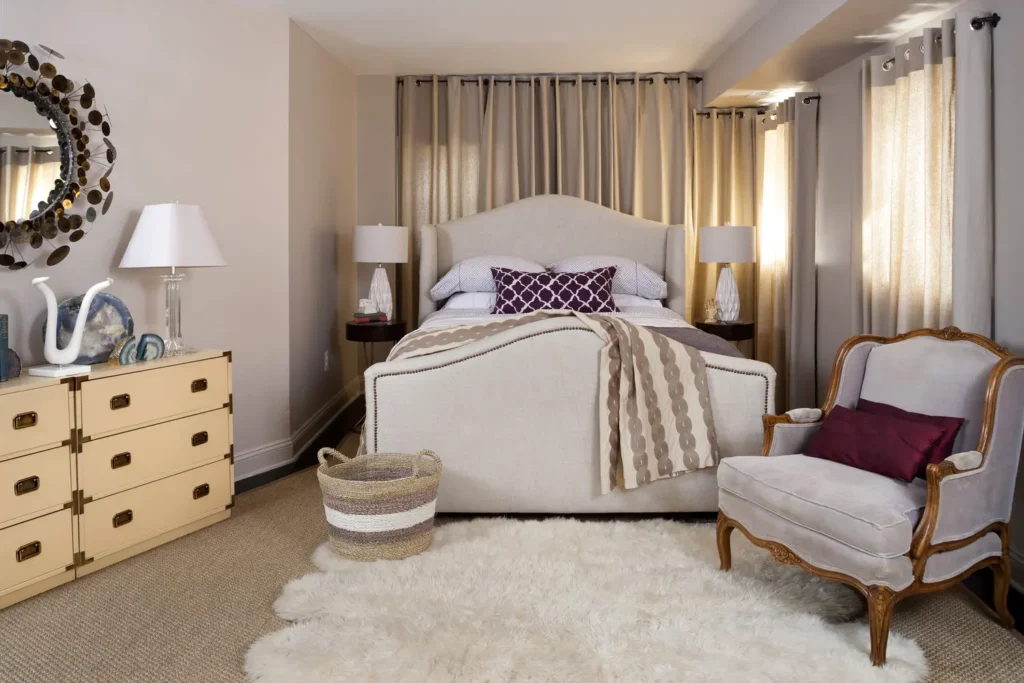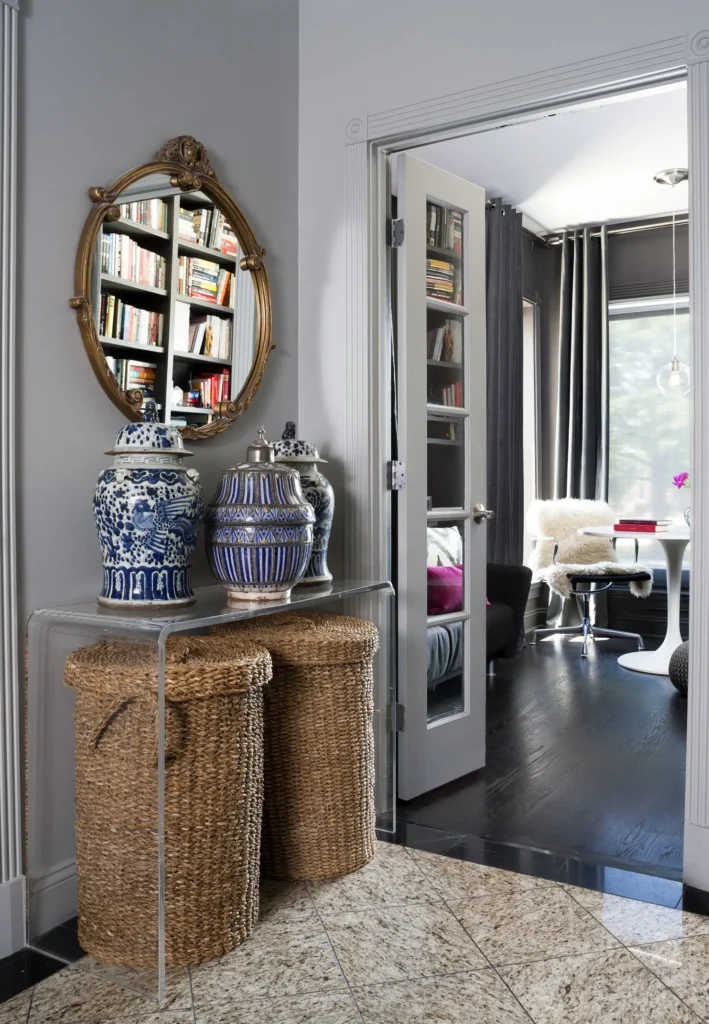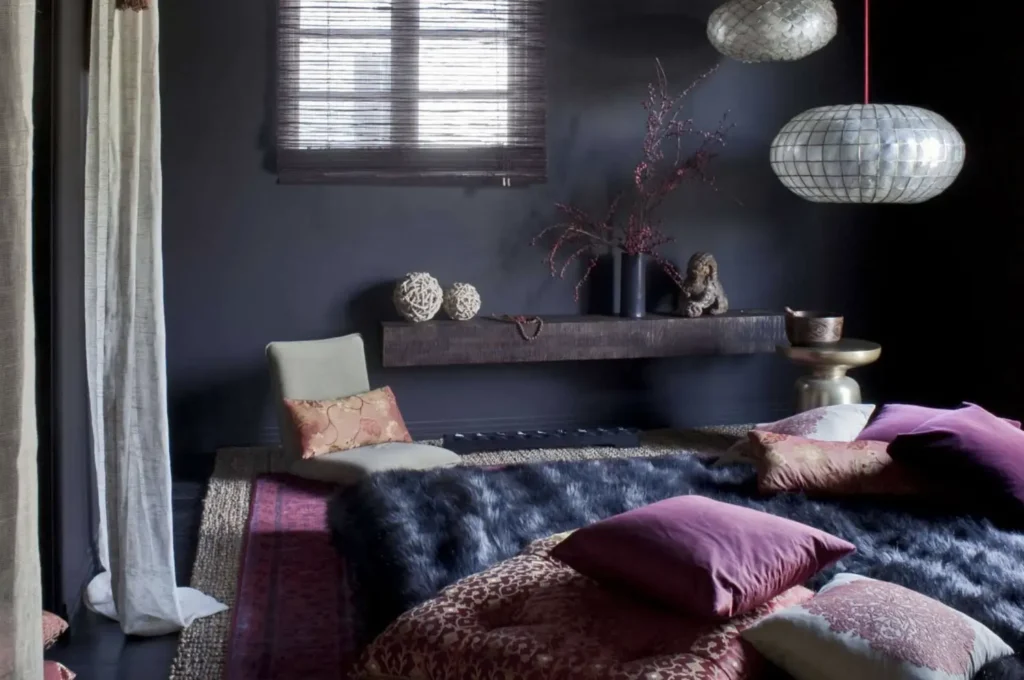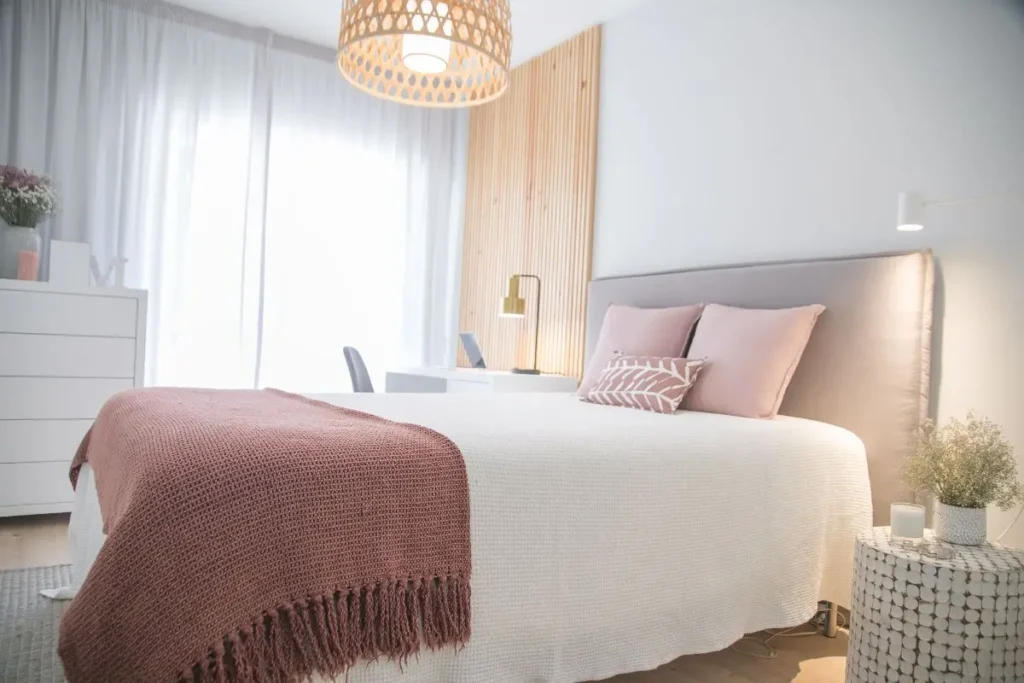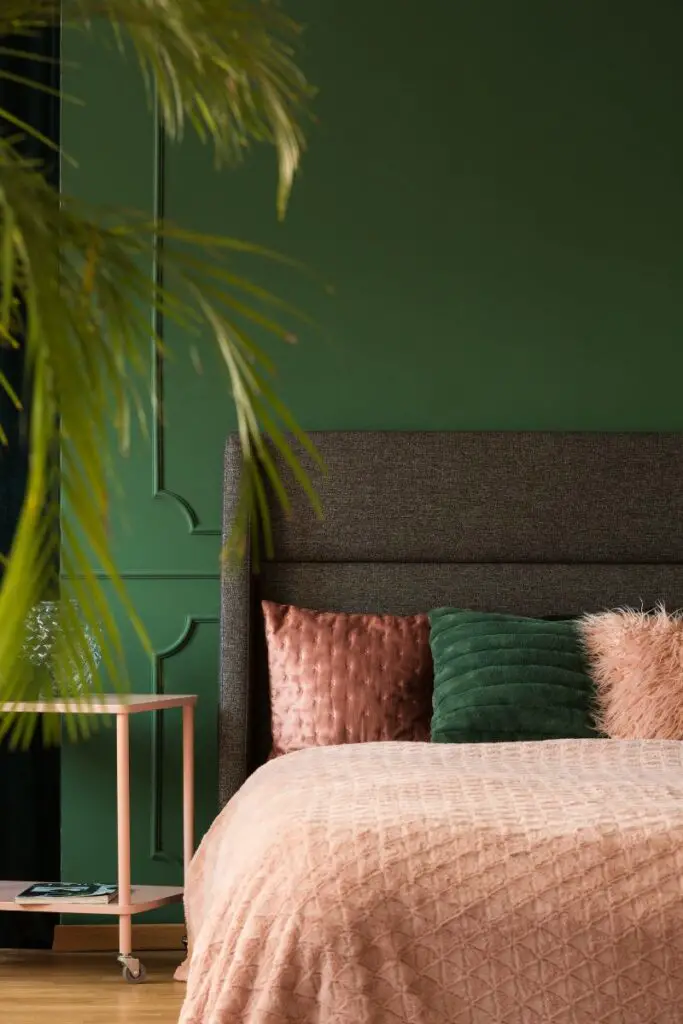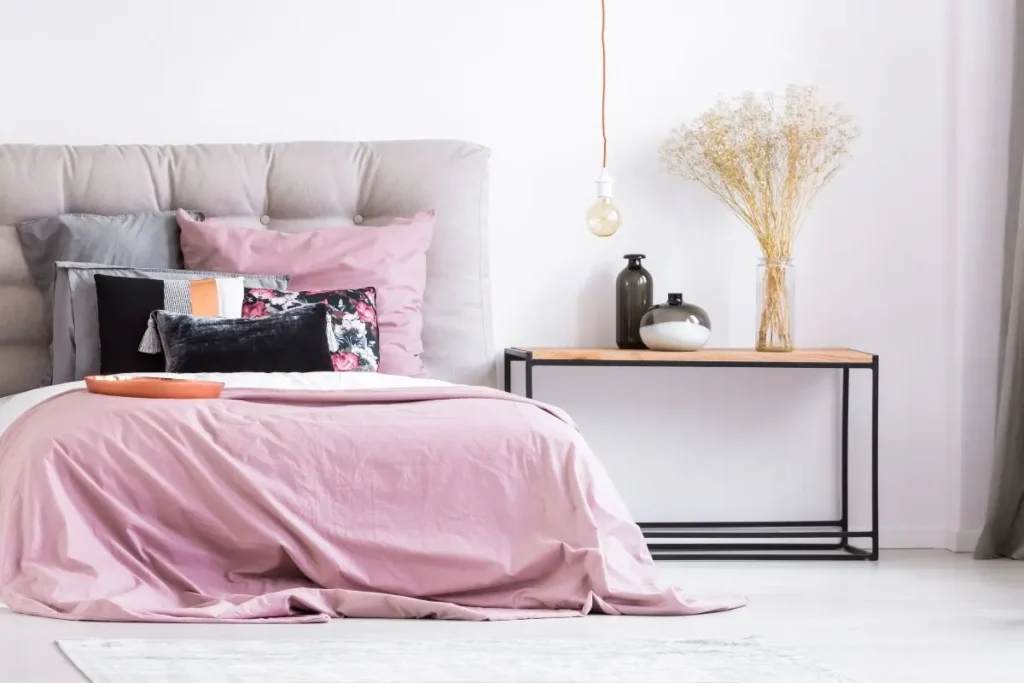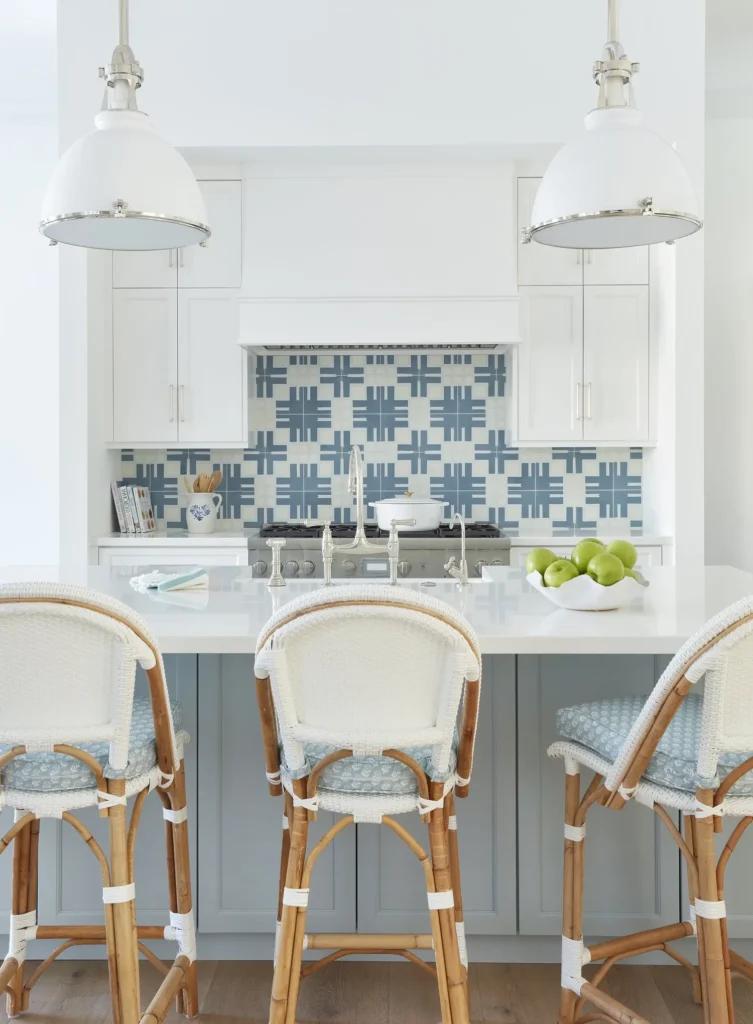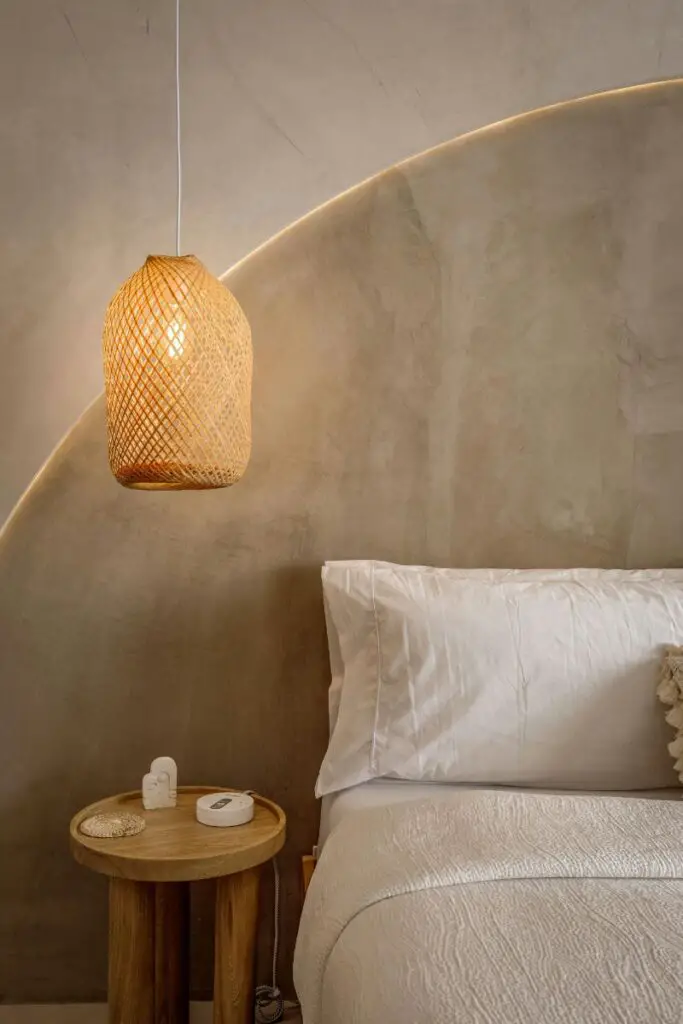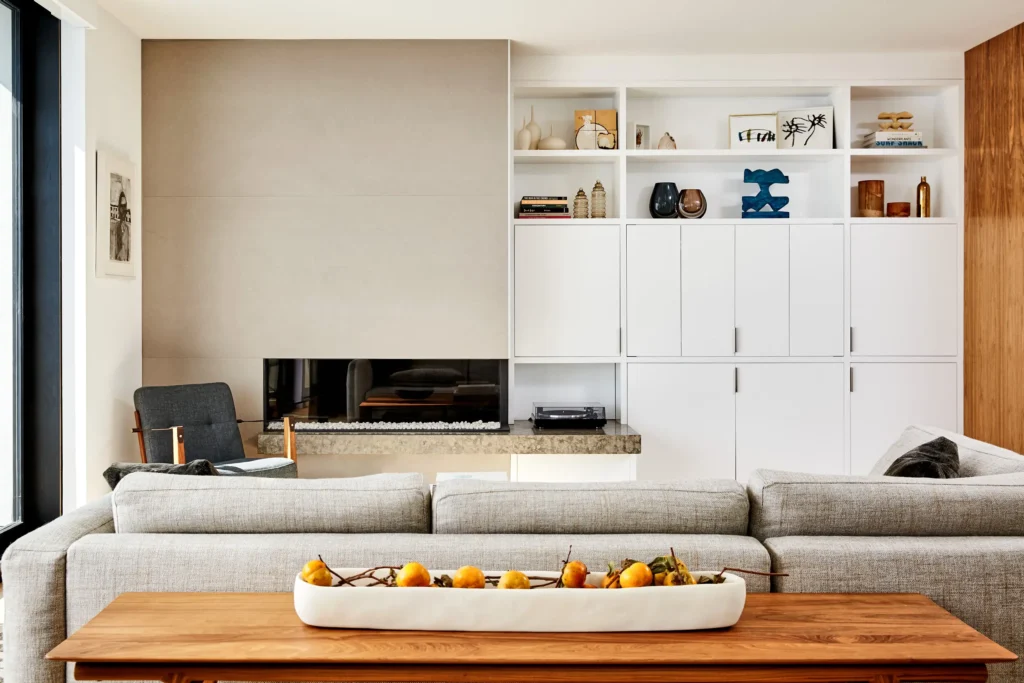There’s something special about stepping outside and instantly feeling at ease. Your backyard doesn’t have to be just a patch of grass or a place to store garden tools. With the right touches, it can become your favorite “room” of the house—a peaceful escape, a lively gathering space, or a quiet nook for a morning cup of coffee.

Creating an outdoor retreat isn’t about spending a fortune or hiring a landscape architect. It’s about designing with purpose and adding personality. Whether you’ve got a sprawling yard or a modest patio, you can shape it into a space that works for your lifestyle and feels like home. Here’s how to get started.
Start with Function First
Before you shop for furniture or string up lights, think about how you want to use your outdoor space. Do you love hosting dinners outside? Do you want a quiet spot to read or nap? Are kids or pets part of the picture? Your answers will guide the layout and design.
A few functional ideas to consider:
- Dining space: A table and chairs under some shade—natural or man-made—can turn dinners into an al fresco ritual.
- Lounge zone: Comfortable seating, soft pillows, and a low table make it easy to relax with a book or a drink.
- Fire pit area: Ideal for chilly evenings, s’mores, or simply gathering with friends.
- Play corner: A sandbox, small playhouse, or open grass area gives kids space to roam.
Once you’re clear on the function, designing becomes a lot easier.
Define the Space
Outdoor spaces, like indoor rooms, benefit from clear “zones.” You can define these areas with:
- Rugs: An outdoor rug anchors furniture and adds comfort underfoot.
- Planters: Use tall plants or rows of pots to subtly divide areas.
- Lighting: Different light sources (string lights, lanterns, solar path lights) can highlight different parts of the yard.
- Decking or pavers: Even a simple gravel path can carve out visual separation.
Defining spaces creates a sense of intention and helps even small backyards feel organized and welcoming.
Choose Comfortable, Weather-Resistant Furniture
Style matters, but comfort is king. Look for outdoor furniture that invites you to stay awhile—think cushioned chairs, hammocks, deep-seated sofas. Materials should be durable enough to handle the elements, especially if you don’t have covered space.

Popular options include:
- Teak: Long-lasting and beautiful, though it needs occasional oiling.
- Wicker (synthetic): Lightweight and low-maintenance.
- Powder-coated metal: Modern and rust-resistant.
- All-weather cushions: Quick-drying and mildew-resistant fabric is worth the investment.
Layering throws and pillows designed for outdoor use adds softness without sacrificing durability.
Add Layers of Lighting
Lighting transforms your backyard from daytime hangout to nighttime haven. Think beyond one overhead source—mix and match for atmosphere and function.
Ideas to try:
- String lights overhead for a festive feel
- Lanterns on tables or hanging from hooks
- Solar lights along paths or garden edges
- Battery-powered sconces on fences or walls
Warm white tones feel cozy and inviting. Avoid overly bright, cool-toned bulbs—they can feel harsh and disrupt the mood.
Embrace Greenery
Plants do more than decorate. They create privacy, absorb sound, and bring calm. Even if you don’t have a green thumb, there are plenty of low-maintenance options.

Easy-care favorites:
- Lavender: Smells amazing and attracts pollinators.
- Hostas and ferns: Great for shady areas.
- Herbs: Basil, mint, and rosemary are beautiful and useful.
- Grasses: Add movement and texture.
Use planters, vertical gardens, or even small raised beds to maximize space and visual interest.
Personal Touches Matter
What makes a retreat feel special is how much it reflects you. Add personal flair through decor and accessories:
- Outdoor art, like metal wall hangings or wind chimes
- A weatherproof speaker for music
- A basket of cozy blankets for chilly evenings
- A small water feature, like a fountain or birdbath, for soothing sound
These details turn your backyard into more than just a pretty space—they make it a place you want to be.
Keep It Low-Maintenance
The goal is to enjoy your backyard, not spend every weekend maintaining it. Choose materials and plants that suit your climate and lifestyle. Use mulch to keep weeds down. Consider a drip irrigation system for hassle-free watering.
Even tidying up—like storing cushions in a deck box or wiping down tables—gets easier when your layout is clean and functional.
Wrap-Up

Your backyard retreat doesn’t need to be perfect to be perfect for you. Start with what you have. Add little comforts. Focus on how you want the space to feel. With a few smart choices, you can build an outdoor living space that welcomes you in and invites you to stay awhile.


